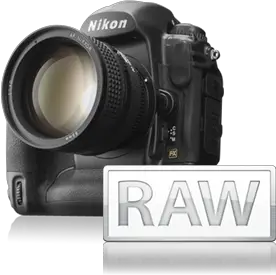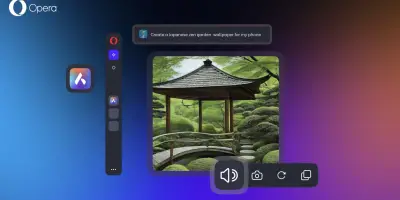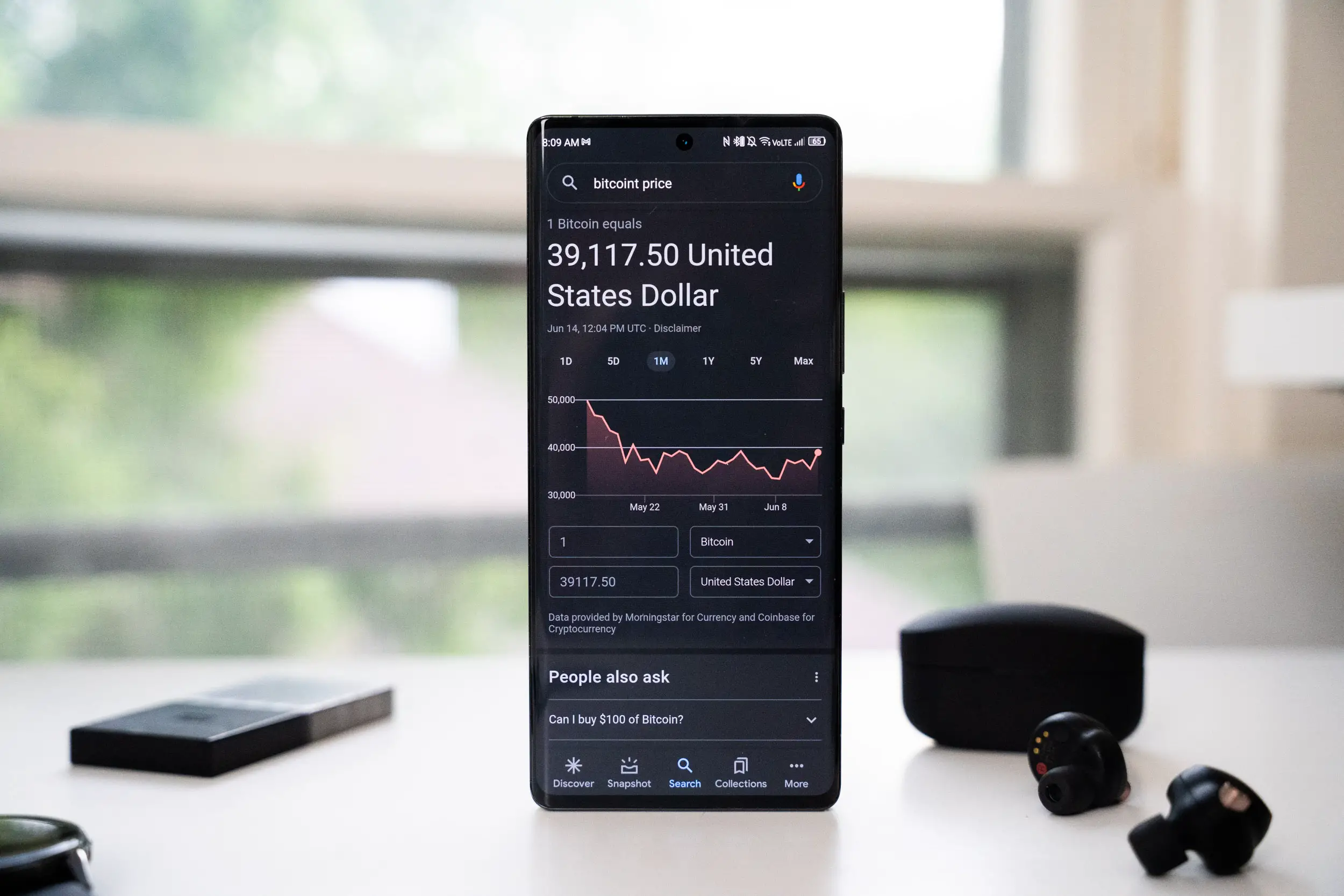It’s not uncommon for software developers to have to temporarily shelve unfinished code for a project. That is exactly what happened with Android 4.4 and a new API that should please many cellphone photographers.
A look at AOSP source code commit comments reveals the team was working on new camera APIs, which could ultimately bring us support for RAW images, which is an uncompressed, high-information image file that can be manipulated using image editing software.
The AOSP commit suggests Android phones could some day not only view RAW images natively, but also save files in the RAW format (they currently save them in a compressed JPEG format) without any further post-processing. So if the code isn’t there, why can’t we use it?
Well, it simply wasn’t ready, apparently. A comment from the AOSP references the code, with a request from the maintainer to cease from merging the code into the operating system. We’re not yet sure what caused them to hold off — a last minute bug, perhaps. Or was it just not ready for public consumption?
Whatever the case may be, it makes us hopeful that it’s something Google will look to bring to the Android platform in future updates. How soon that will happen remains to be seen, but you can bet we’ll be waiting with much anticipation.
[via Ars Technica]











FYI, my Nexus 4 stock camera saves as .png
My Nexus 5 saves pictures as .jpg. Screenshots are saved as .png, though.
If I recall, my Galaxy Nexus was the same way as my Nexus 5. Just my observations.
I just rechecked and it is jpg, but some apps do png
Raw doesn’t fix the issues with Andoind cameras. Would it be a nice addition on, maybe, but there are bigger camera issues. Apple and Nokia do just fine with jpegs.
I believe the API will provide more than just RAW output, it should provide closer to hardware access which hopefully will allow for more optimizations. Only time will tell though.
I thought it would make the camera more universal. This way the drivers for the camera would be the same across Android and making apps would be easier.
And so does my Samsung. But a professional photographer uses RAW so this will come in handy for them.
Not many pros are going to use a phone camera for anything more than framing a shot.
RAW only means you’re not at the mercy of the camera’s own post processing. RAW can’t correct for a poor sensor, lousy lens, or simply a bad picture. For most phone photography, RAW output is overkill.
It’s not a Android thing. LG and some Samsung cameras are good, other OEMs just cheap out. Looking at you Moto
My thoughts, exactly…
if you were developing a camera app however, access to the raw file MIGHT be of interest. A lot of phones have pretty half-assed algorithms for auto white balance, for example.
Indeed there are new hidden APIs. I attended a session at AnDevCon on them and technically they are accessible with some minor cleverness on new devices. I believe the Nexus 5 for instance may have some initial support, but of course I need to verify once I have a device in hand. I’m actually doing some really neat 4.3+ camera / OpenGL / encoding middleware work right now to provide a stable middleware app dev toolkit utilizing MediaCodec (the latter being very buggy!). Playing around with any new camera APIs, hidden or not, is up my alley these days. According to the presenter one can pull the /system/framework/framework.jar from a device and dex2jar it then use that to create some code that uses reflection to access the new APIs. Apparently there is HDR and other neat potential features too, but all of this is probably way buggy / unstable / untested; you know the usual for anything low level Android.. ;P
Another reason to want SD card support. Sorry Nexus :)